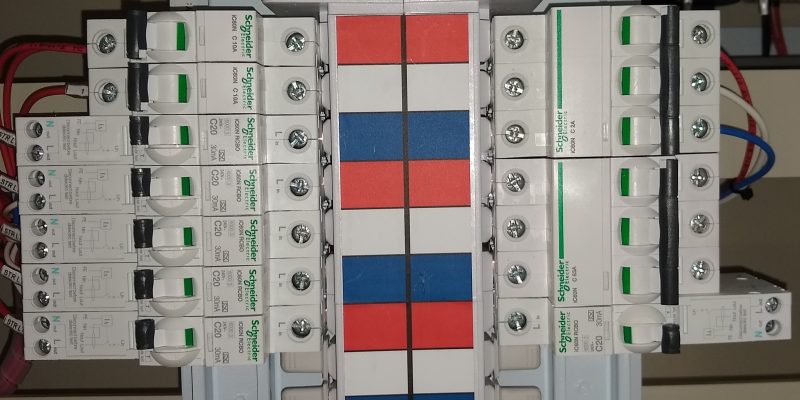Miniature Circuit Breakers (MCBs) are used in electrical systems to protect against overcurrents and short circuits. They come in various types, each distinguished by a curve that indicates its tripping characteristics. These curves play a vital role in ensuring the safety and proper functioning of electrical installations.
The four types of MCB curves include:
B Curve: Resistive Circuits
It trips between 3 and 5 times the rated current, making it suitable for protecting circuits with moderate inrush currents. Typical applications include control wiring and lighting circuits as they often use B curve MCBs because they provide a good balance between sensitivity and tolerance for transient loads.
C Curve: The Allrounder, Inductive Loads, Most Common MCB Used In Australia
The C curve is for circuits with higher inrush currents, for example, medium inductive loads, lighting, and GPO circuits. These MCBs trip at 5 to 10 times their rated current, offering robust protection against short circuits and sustained overloads commonly encountered in residential and commercial/industrial settings.
D Curve: High Inrush, such as motors and Industrial Applications
D curve MCBs are for the more demanding environments, where extremely high inrush currents are expected. High inductive and capacitive loads, motors, and transformers. They trip at 10 to 20 times their rated current, providing enhanced protection for critical equipment and circuits in industrial plants, manufacturing facilities, and high-powered machinery. These MCBs are less common in residential settings but are indispensable in ensuring safety and reliability in industrial operations.
K Curve: Specific Applications
The K curve is for specialised applications requiring precise coordination with other protective devices, such as fuses or relays. They offer a unique tripping characteristic 10-14 times their rated current, that suits industrial processes and installations where coordination and selectivity are paramount. K curve MCBs are not as commonly used as B, C, or D curves but are critical in specific engineering designs.
Choosing the right curve for an MCB depends on several factors, including the type of load, the magnitude of inrush currents, and the overall electrical system’s requirements. It’s essential to consult with electrical engineers or professionals to determine the most suitable MCB curve for a particular application.
In conclusion, miniature circuit breaker curves play a crucial role in safeguarding electrical systems against overcurrents and short circuits. Understanding the differences between B, C, D, and K curves enables efficient selection and installation of MCBs tailored to specific operational needs, ensuring safety, reliability, and optimal performance.

